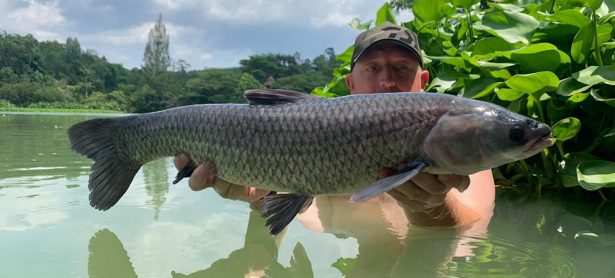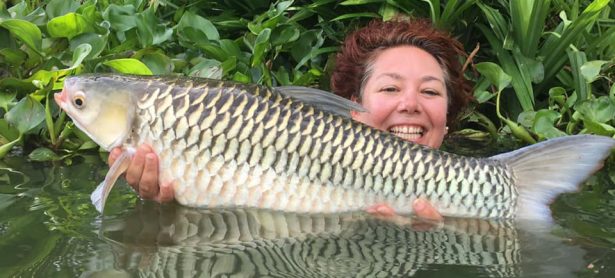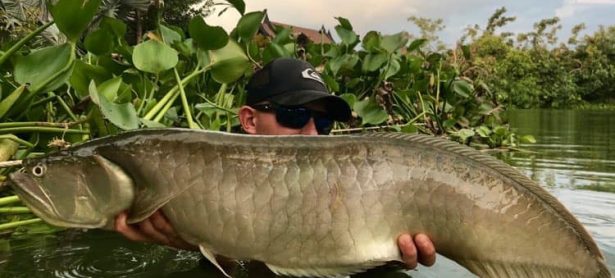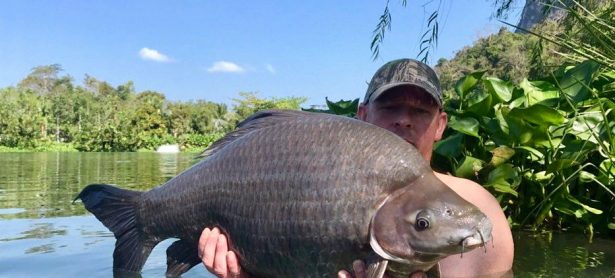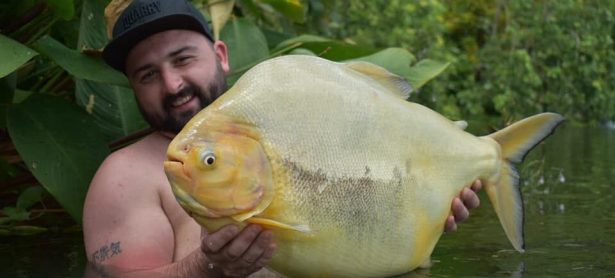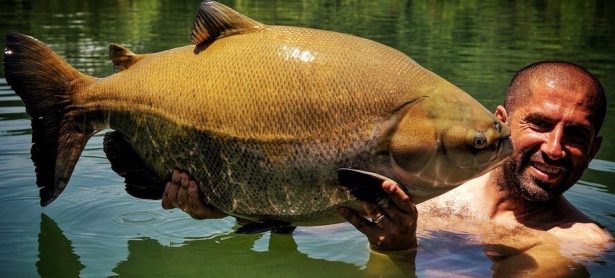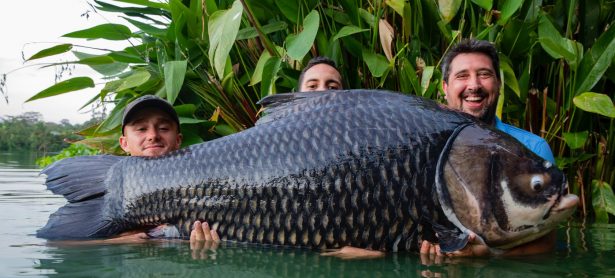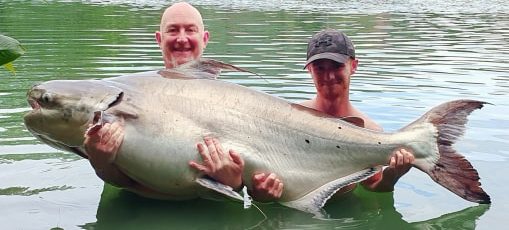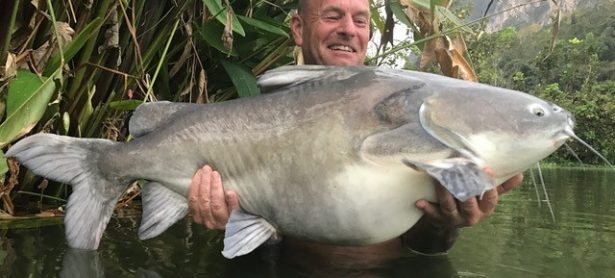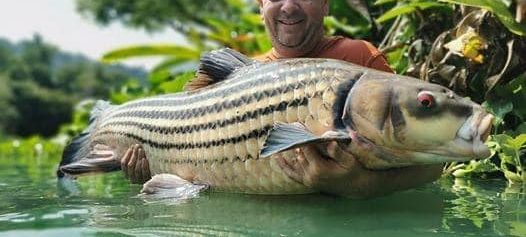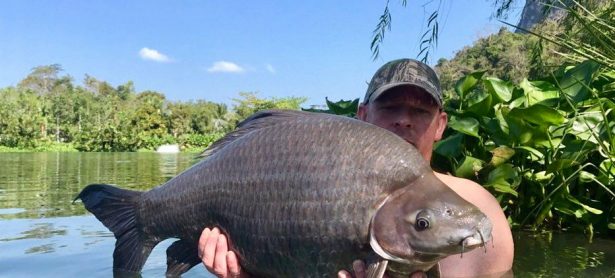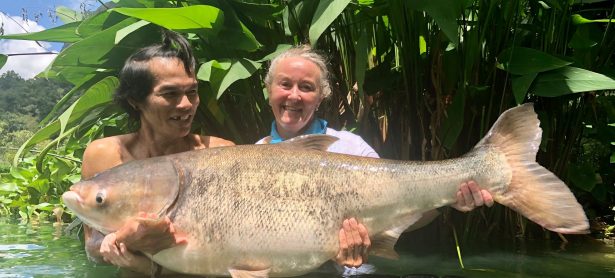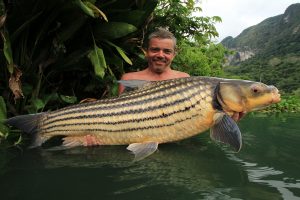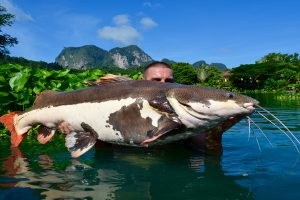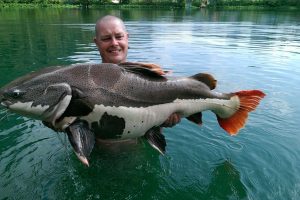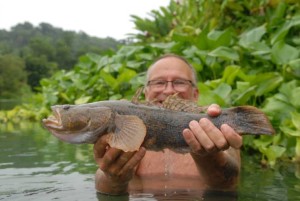 Name: Marble Goby
Name: Marble Goby
Species: Oxyeleotris marmorata
Thai name: Pla Bu.
Biggest known fish: : 5lb 8oz.
Average weight: 3lb.
Diet: Fish chunks, pellet, worms, prawns, aquatic insects, mollusks, crabs and small fish.
To fish for our marble goby, worms are a top bait and also small pieces of fish or meat.
They are quite a lazy fish and will not search out food in the daytime, but rather sit and wait for their opportunity to pass them by, they prefer to be more predatory in the darker hours after the sun sets and night kicks in
Once you have found a likely looking location, fishing with a lighter set up and smaller hook next to the floating hyacinth is the most likely method of tempting one of these to take your bait. Either fishing with a float set up mid water lipping the hyacinth or a lighter lead or bubble float on the bottom could be the key to securing this rare visitor to the bank.
Species Info
The Marbled Goby in Thailand is the largest known gobioid fish, their appearance is torpedo like in body with a flat head.
The Marbled Goby is also known as the Marbled Gudgeon or Marbled Sleeper and is a commonly found near muddy margins and pools off tidal rivers.
This species has an oblique mouth with two dorsal fins and rounded caudal fin and has a brown body with dark shading giving a unique camouflaged marbled appearance.
The Goby is a carnivorous member of the Eleotridae – Sleepers family of fishes which is widely found throughout Southeast Asia in countries including Laos, Cambodia, Vietnam, Thailand, Malaysia, Sumatra and western Borneo and has been found further afield also.
Notoriously the Marbled Sand Goby is a nocturnal hunter that hunts slow-moving streams, lakes, ponds and swamps.
In the daytime this fish sits at the bottom, hiding among rocks, debris or vegetation.
The Marbled Goby primarily eats small fishes, but also takes crustaceans, insects, and mollusks.
Marbled Goby are a sort after food fish throughout Asia and may be declining in some areas due to it being seen as a delicacy eating fish. It’s also said to have ‘medicinal healing properties’ by the Chinese community throughout Asia.
In the wild Marbled Goby can be caught whilst fishing with prawns, worms and small live baits in quiet marginal areas



